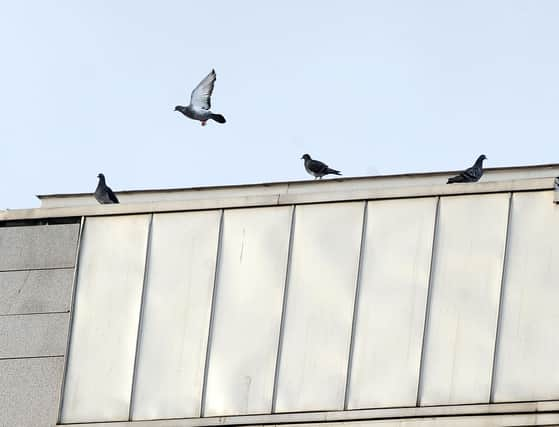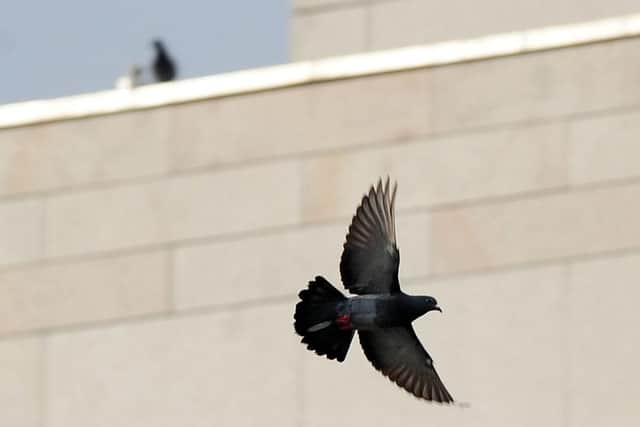Rats spotted at Scottish Parliament while pigeon numbers fall


The coronavirus lockdown at the end of March meant there was hardly anyone at Holyrood and pigeon numbers soon fell.
Pigeon control contractors NBC, who visit the parliament with their hawks up to nine times a month, reported in June: "The average number of birds on site on arrival has dropped by one since last month and 10 on last year. The reduction year-on-year must be attributed to the lack of visitors to the parliament building and feeding opportunities."
Advertisement
Hide AdAdvertisement
Hide AdPest control is classed as a key support service so the hawks were able to continue flying throughout lockdown. NBC has a target of keeping pigeon numbers below a maximum of 20.


However, in October the contractors reported another problem – on the ground.
"We currently have an issue with rats observed in the MSP garden, which has been reported and escalated. There have also been rats observed opposite in the hedges at Dynamic Earth that need to be reported either to them or Environmental Health."
There was no indication of what might be causing the rats problem. NBC had reported in November 2019 that debris was overflowing from bins in neighbouring properties, but by February said it appeared to have been dealt with.
The parliament did not say whether the issue of rats had now been resolved.
Before Covid hit, NBC noted a peak in pigeon numbers at 30 in December, which they attributed to new scaffolding at North Bridge displacing a large colony of feral pigeons from under the bridge.
As well as the hawks, NBC used Agrilaser light sabres and hand-held distress callers to discourage the pigeons.
And extensive "proofing" was carried out on the £414 million building, including the installation of bird spikes and netting on the chimneys at Queensberry House ahead of the seagull season, but also spikes on high-level ledges in the bike area and in various parts of the service yard.
Advertisement
Hide AdAdvertisement
Hide AdNBC also recommended proofing of the MSP office block, observing: “Ideal scavenging points along the tops of the building allows the birds a perfect vantage point to monitor for human activity and opportunities to feed.”
Pigeons have plagued the parliament building since before it officially opened in 2004. Deep recesses in the MSP block proved a particular problem. Muck and feathers were blown through vents on to researchers' desks and some birds even got into MSPs' offices.
Birds of prey were introduced in 2008, but there was a strict "no kill" policy. Parliament bosses were warned it would be a "PR disaster" if hawks started eating pigeons in front of visiting schoolchildren.
Lothian Tory MSP Miles Briggs said: “The MSP block is probably the world's most expensive pigeon loft and although they have fenced it off and done their best, birds can outsmart even some of these design faults. I think we maybe just need to learn to try to live with them and limit the numbers as much as they can, as humanely as possible.”
A Holyrood spokesman said: “Like most city centre premises we have pest control measures in place.”
A message from the Editor:
Thank you for reading this article. We're more reliant on your support than ever as the shift in consumer habits brought about by coronavirus impacts our advertisers.
If you haven't already, please consider supporting our trusted, fact-checked journalism by taking out a digital subscription.
Comments
Want to join the conversation? Please or to comment on this article.